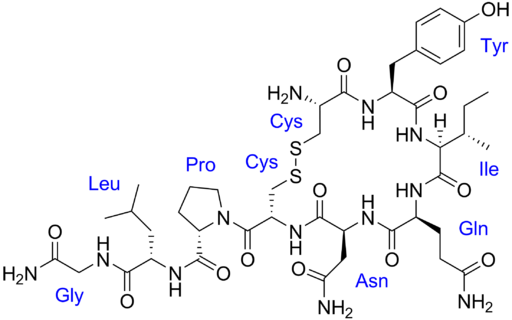Several inherited behavioral mechanisms in humans and animals are deeply rooted in prehistoric animals. Some of these mechanisms, for example, fear, as well as the ability to fall in or out of love, humans have possessed for thousands of years and are found in our ancient genetic pathways. Although scientists are hesitant to attribute human-like feelings to animals, it has been proven that many animals, including fish, have moods. A recent study published in the journal; Science, demonstrated that fish can identify fear in other fish. This ability is regulated by the hormone oxytocin. This is the same “brain chemical” that controls the feeling of empathy in humans. The researchers discovered that fish could detect fear in other fish by deleting genes linked to producing and absorbing oxytocin. These fish became fearful as well.
Deleting genes involves various techniques, which is specific to the organism and the purpose for the deletion. Generally, there are two main approaches for deleting genes: Targeted Deletion and Random Deletion. In Targeted Deletion, very specific regions of the DNA sequence are removed or replaced to eliminate the gene of interest. Random Deletion occurs when large sections of the DNA sequence are randomly deleted in the hope of removing the gene of interest. The research focused on zebrafish brains; a small tropical fish often used for such research. The fish used in this experiment became practically antisocial and failed to change their behavior and could no longer detect when other fish were anxious. Scientists then injected oxytocin into some of the altered fish, and the fish’s ability to sense and react to the feelings of other fish was re-established. Fish behave just like humans in that they respond to other individuals being frightened. During this experiment, fish were seen paying considerably more attention to previously stressed or frightened fish.
Oxytocin is a hormone that plays a key role in social bonding and emotional communication in mammals, including humans. It is produced in the hypothalamus and released into the bloodstream by the pituitary gland. One of the primary functions of oxytocin is to produce social bonding between individuals. It has been shown to increase trust and cooperation between people, and it is often referred to as the love hormone because of its role in promoting feelings of love and intimacy.
Hans Hofmann, an evolutionary neuroscientist at the University of Texas at Austin, said that it’s less of a “love hormone” and more of a “scale” that helps fish recognize the most noticeable social situation. This recognition activates neural circuits that may make one run from danger or engage in behavior that results in mating. This ability is essential to certain species of fish survival.




Leave a Reply